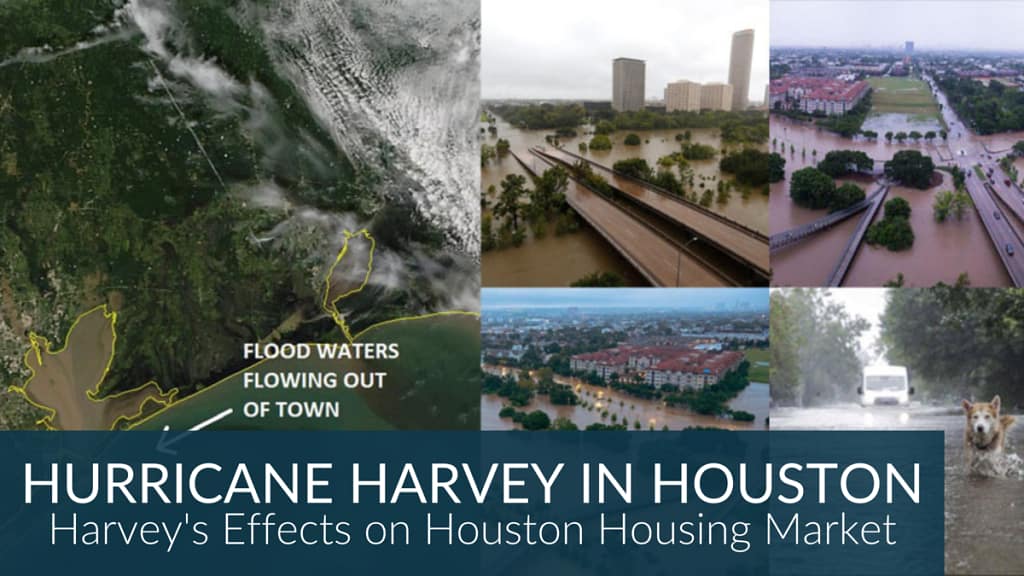Hurricane Harvey made landfall in August 2017, leaving an indelible mark on Houston. As one of the most devastating storms in U.S. history, it caused massive flooding, displaced thousands of residents, and tested the city’s resilience. The disaster sparked critical discussions about infrastructure, emergency response, and future-proofing the city for climate-related challenges.

Hurricane Harvey’s Unprecedented Impact
Harvey hit the Texas coast as a Category 4 hurricane but caused the most damage through prolonged rainfall. Over four days, the storm dumped more than 50 inches of rain, flooding entire neighborhoods and overwhelming the city’s drainage systems. Thousands of homes were submerged, and essential infrastructure, including roads and hospitals, became inaccessible.

More than 300,000 people lost electricity, and many were forced to seek shelter in public facilities. The Buffalo Bayou and other waterways breached their banks, amplifying the devastation. Harvey caused an estimated $125 billion in damage, ranking it among the costliest natural disasters in U.S. history.
Emergency Response and Relief Efforts
In the aftermath of Harvey, the Houston community came together to support those in need. Volunteers and first responders worked tirelessly to rescue residents stranded in their homes. Organizations like the Red Cross and the Houston Food Bank mobilized resources to provide immediate relief.
The George R. Brown Convention Center served as a temporary shelter for more than 10,000 displaced individuals. Local businesses and churches also stepped up, offering food, supplies, and shelter to those affected. Houston’s resilience shone through as neighbors helped each other rebuild and recover.
The Lessons Learned from Harvey
Hurricane Harvey exposed several vulnerabilities in Houston’s infrastructure and flood management systems. Many neighborhoods that had never flooded before found themselves underwater, raising questions about urban planning and development. The storm also highlighted the need for better emergency preparedness, as first responders struggled to reach every affected area in time.
Key lessons from Harvey include the importance of flood mitigation infrastructure and community awareness programs. The disaster prompted city officials to re-evaluate zoning laws, drainage systems, and reservoir capacities. These changes aim to minimize future flood risks and ensure a quicker response during emergencies.
Rebuilding Houston: Infrastructure and Community
The rebuilding process in Houston has been both challenging and transformative. Significant investments have been made in flood control projects, including the expansion of detention basins and the dredging of Buffalo Bayou. The Brays Bayou Project, for example, aims to increase the capacity of water channels to prevent future overflow.
The city has also introduced stricter building codes, requiring new developments to meet higher flood resilience standards. Homeowners are encouraged to install elevated foundations and other flood-proofing measures to protect their properties. Houston’s “Rebuild Houston” initiative focuses on long-term infrastructure improvements, ensuring the city can withstand future storms.
Mental Health and Community Healing
Beyond physical rebuilding, Houston has focused on the emotional and psychological recovery of its residents. Mental health services have been expanded to support those affected by trauma. Schools, workplaces, and community centers have introduced programs to help individuals cope with the emotional impact of the disaster.
The “Houston Strong” campaign became a rallying cry, symbolizing the city’s resilience and determination to rebuild. Local events and fundraisers have fostered community spirit, reminding residents that they are not alone in their recovery efforts.
Looking Ahead: Preparing for the Future
Hurricane Harvey served as a wake-up call for Houston and prompted leaders to address climate-related risks proactively. The city’s Climate Action Plan now focuses on building resilience through green infrastructure, improved drainage, and enhanced emergency services.
Efforts to protect vulnerable communities, expand public transit systems, and increase public awareness about flood risks are ongoing. With the lessons learned from Harvey, Houston is better prepared for future storms and extreme weather events. The city’s commitment to sustainability and preparedness will help safeguard its residents and infrastructure in the years to come.